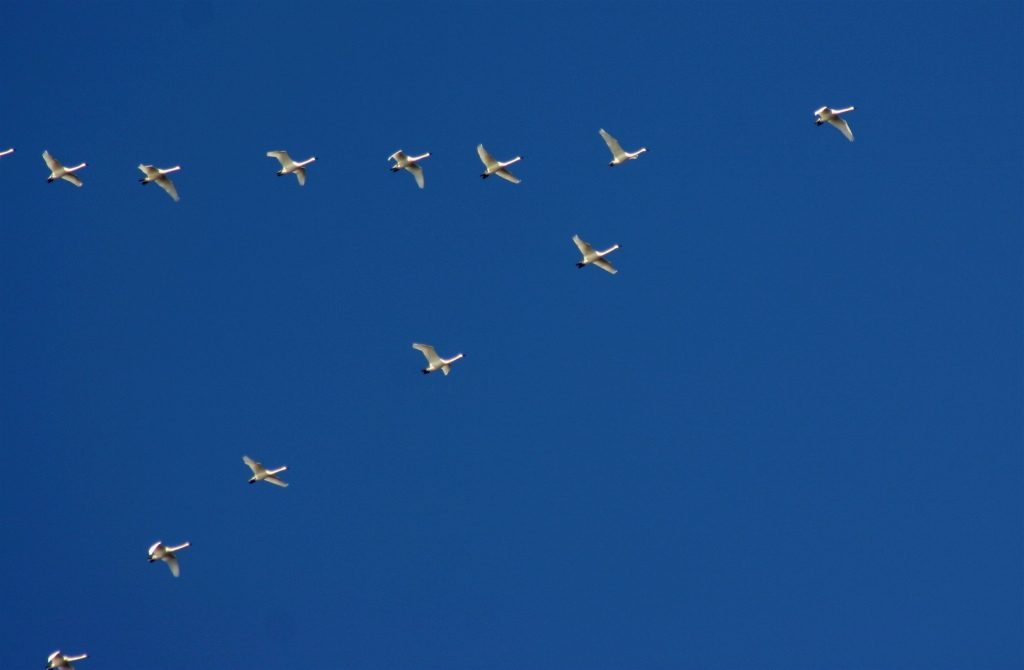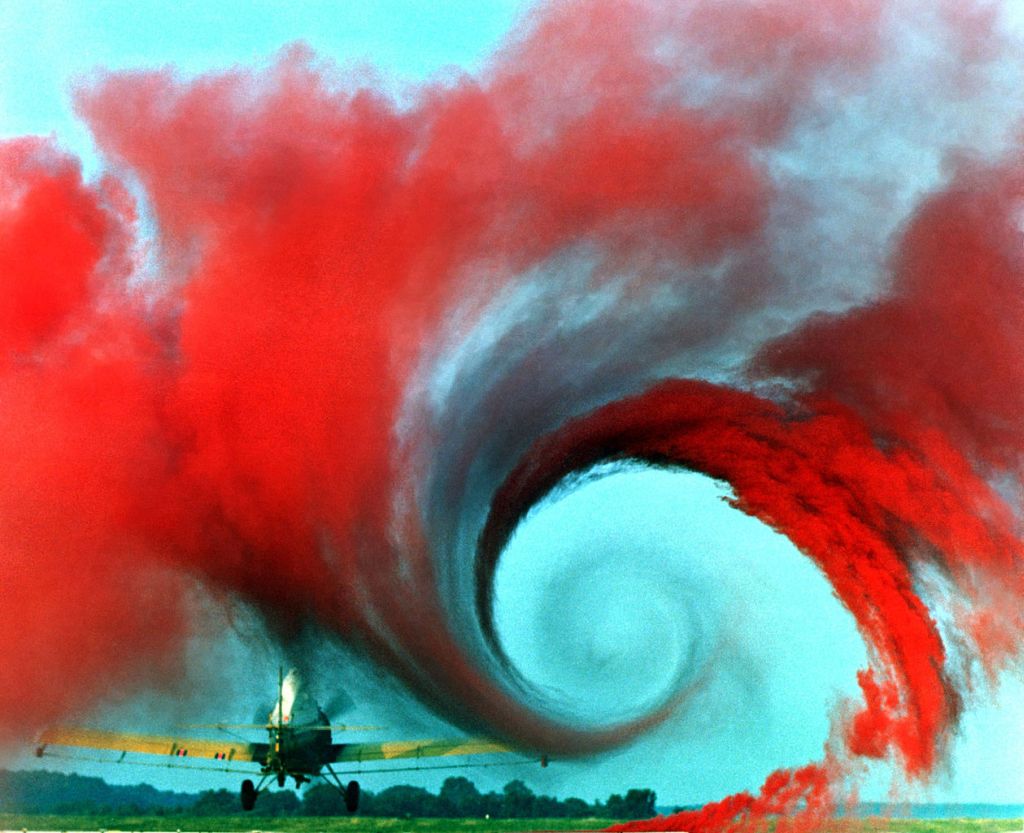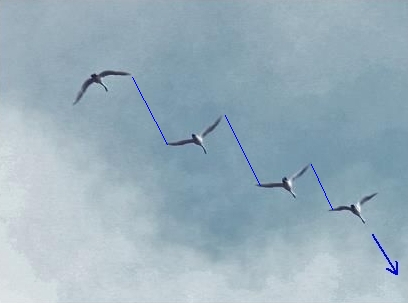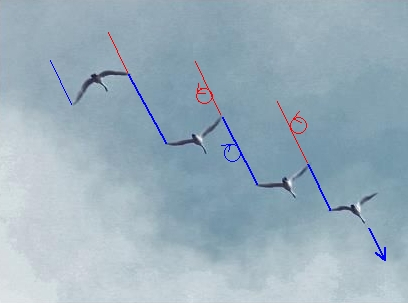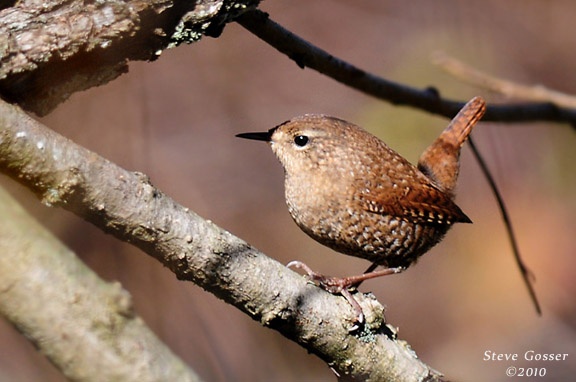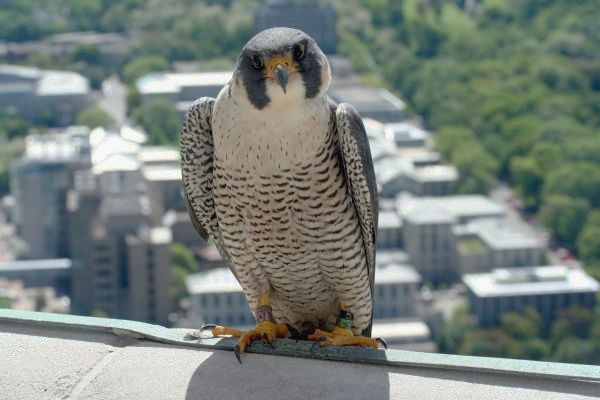
22 March 2013
Remember the first time you were puzzled by the arrangement of birds in your field guide? Why were loons at the beginning of the book? Why did kingfishers come after hummingbirds?
It took me a long time to get used to taxonomic order but I finally mastered it and could thumb to the right place every time.
Not anymore! DNA testing has revealed new relationships. The old order is shaken up. Ostriches and ducks are first, kingfishers follow motmots, falcons have moved to be near their closest relatives.
So here’s a quiz:
Of the four birds shown below, which two are most closely related to peregrines?
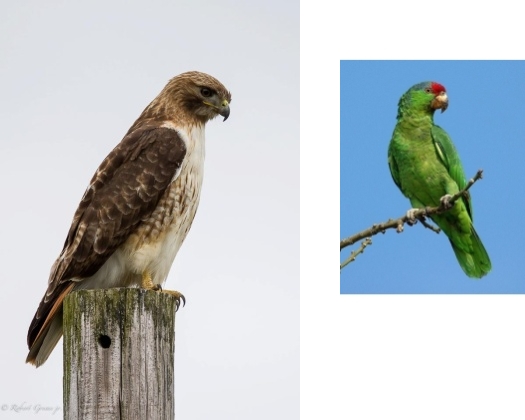
Red-tailed hawk? Red-crowned parrot?
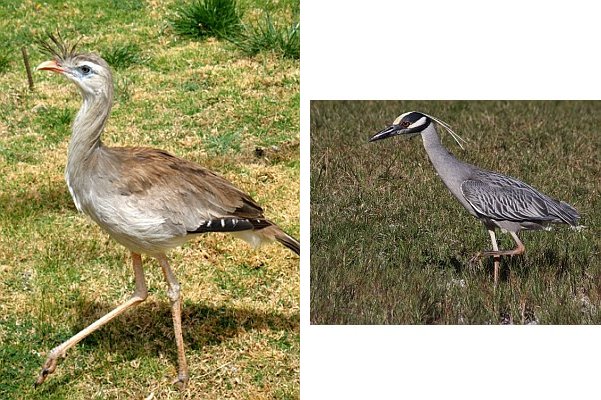
Red-legged seriema ? Yellow-crowned night heron?
Amazingly, parrots and seriemas are the falcons’ closest relatives. Seriemas, from South America, are actually an older species than falcons and peregrines. They are descendants of the terror birds (Phorusrhacidae).
The evidence first surfaced in 2006. In 2012, a proposal was made to the AOU (American Ornithological Union) to change the taxonomic order of falcons, moving them away from hawks and near parrots. Here’s a wealth of information on the move.
- Paul Hess blogged about this in 2012 at Breaking Up The Hawks on the ABA blog.
- The AOU Checklist is in the new taxonomic order.
- And this link describes a chart of new relationships and descendants. Click here for a large version of the chart where the most ancient species are at the bottom, the newly evolved at the top. Falcons are a relatively new species, third from the top. Evolution saved the best for last.
(photo credits: Peregrine falcon (Dorothy) by Jessica Cernic Freeman, Red-tailed hawk by Bobby Greene, Red-crowned parrot by Roger Moore Glandauer via Wikimedia Commons, Red-legged seriema from Wikimedia Commons, Yellow-crowned night-heron by Chuck Tague.
Inspiration for this Tenth Page comes from a conversation with Dr. Tony Bledsoe, Dept of Biological Sciences, University of Pittsburgh)
p.s. Click here for the new chart if the links above don’t work.

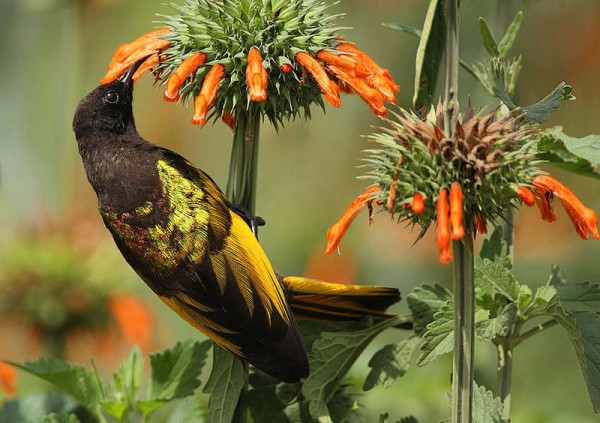
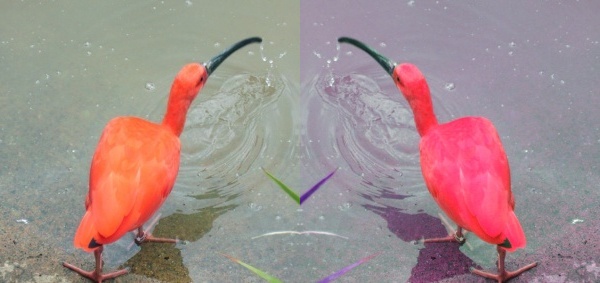
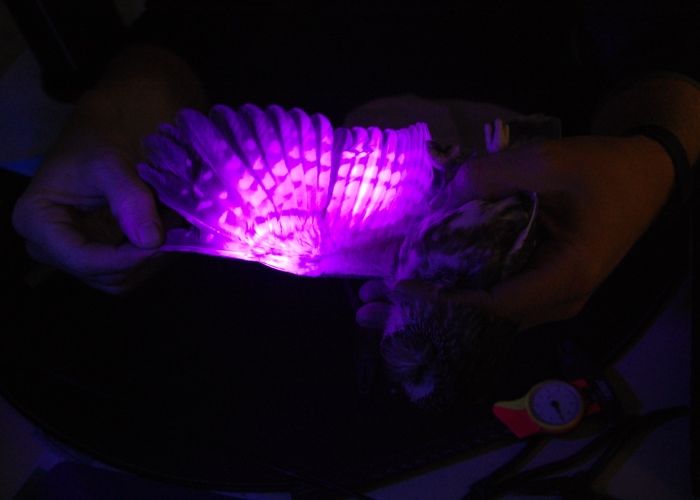

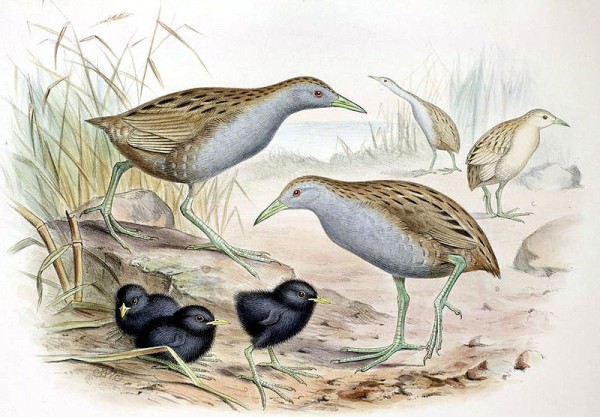
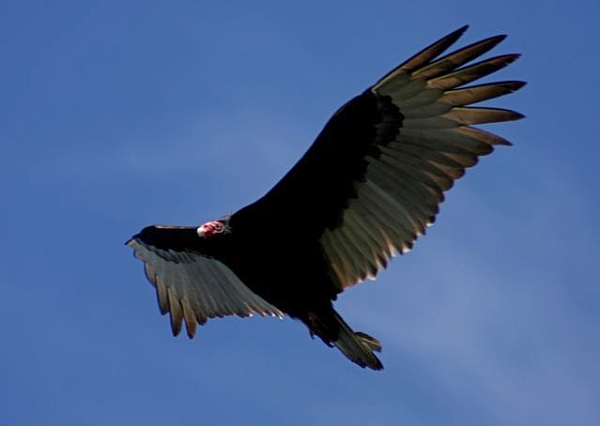
![From "ŒUFS" (Eggs), illustration by Adolphe Millot from Nouveau Larousse Illustré [1897-1904], public domain Wikimedia Commons](http://www.birdsoutsidemywindow.org/wp-content/uploads/2013/01/eggs_in_French_altered2_rsz_wiki.jpg)
